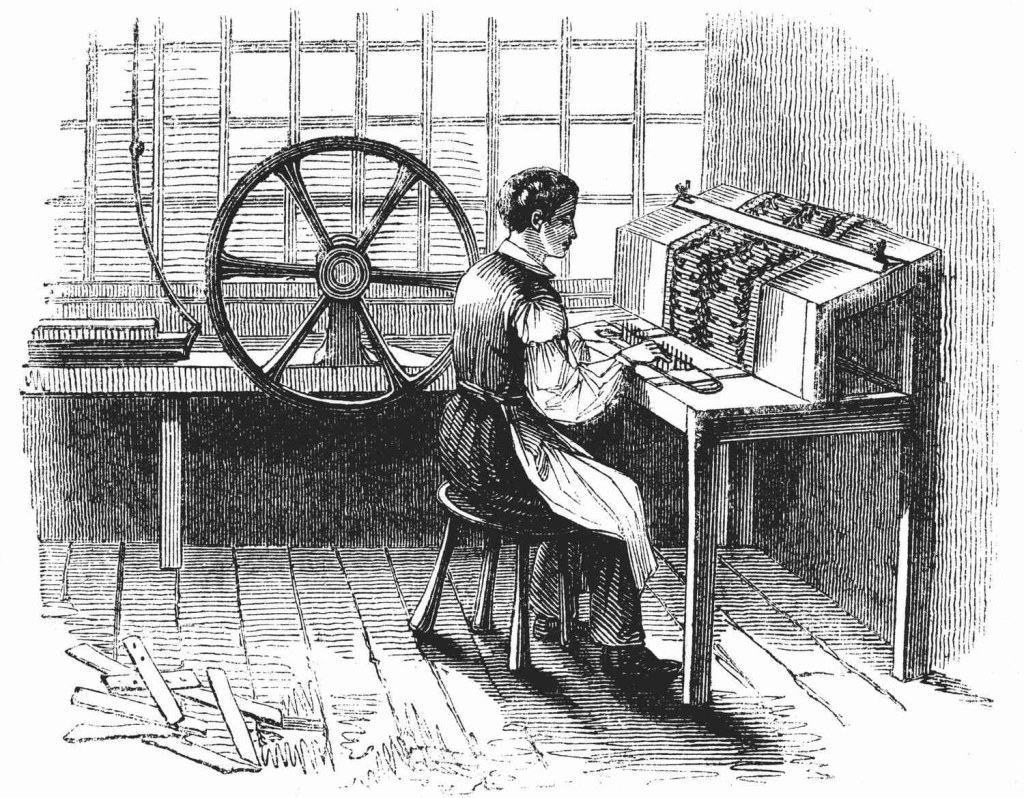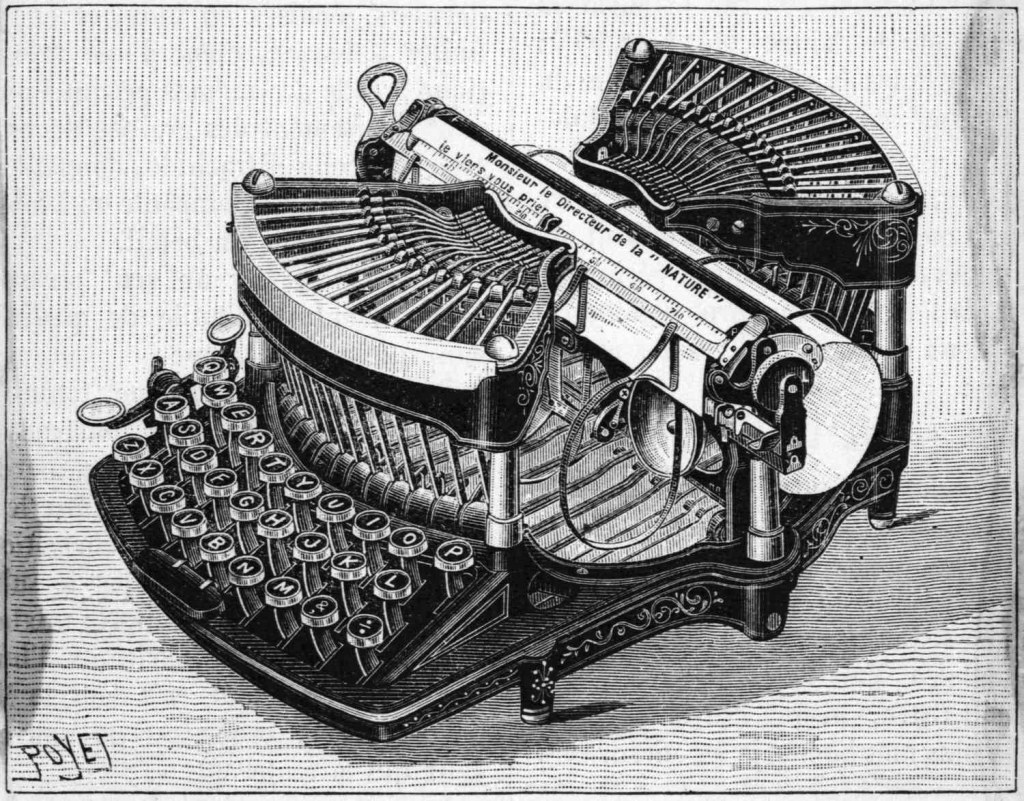Revolutionary Technological Innovation Of The 1800s: Unleashing The Power Of The Past – Click To Discover The Wonders Of The Technological Innovation 1800s!
Technological Innovation in the 1800s
Greetings, Friends! Today, we delve into the fascinating world of technological innovation in the 1800s. This era witnessed a myriad of advancements that transformed society and laid the foundations for the modern world we live in today. Join us as we explore the significant developments, key players, and the impact of these innovations. So, buckle up and embark on this captivating journey through time! 🚀
Introduction
The 1800s was a period of remarkable progress in various fields, driven by groundbreaking technological innovations. From the Industrial Revolution to the birth of telecommunication, this century brought about unprecedented changes that shaped the course of history. In this article, we will delve into the major advancements that emerged during this time. Let’s discover how these innovations revolutionized industries, improved living conditions, and paved the way for a new era of possibilities.
3 Picture Gallery: Revolutionary Technological Innovation Of The 1800s: Unleashing The Power Of The Past – Click To Discover The Wonders Of The Technological Innovation 1800s!



Throughout the 19th century, technological breakthroughs emerged in various sectors, ranging from transportation and communication to manufacturing and agriculture. These advances not only increased productivity but also transformed the way people lived, worked, and interacted. Let’s delve into the what, who, when, where, why, and how of technological innovation in the 1800s.
What: Technological Innovation in the 1800s
The technological innovations of the 1800s encompassed a wide range of developments across diverse industries. From steam engines and railroads to telegraphs and photography, this era witnessed groundbreaking inventions that reshaped society. These innovations improved efficiency, expanded possibilities, and set the stage for further advancements in the future.
One of the most significant technological innovations of the 1800s was the steam engine. James Watt’s improvements to the steam engine revolutionized transportation and manufacturing, leading to the rise of steam-powered railways and factories. This invention fueled the Industrial Revolution and propelled society into an era of rapid progress.

Image Source: thoughtco.com
Another major advancement was the telegraph, which revolutionized communication. Invented by Samuel Morse and Alfred Vail, the telegraph enabled instant long-distance communication by transmitting coded messages over electrical wires. This innovation eliminated the need for physical messengers and transformed the way information was relayed.
The 1800s also witnessed remarkable progress in the field of photography. The invention of the camera and photographic processes by pioneers such as Louis Daguerre and Henry Fox Talbot allowed for the capturing and preservation of images. Photography opened up new artistic possibilities and provided a visual documentation of the changing world.
These are just a few examples of the technological innovations that emerged during the 1800s. From mechanized agriculture to the spread of electricity, this era marked a turning point in human history, setting the stage for the technological wonders of the modern age.
Who: Key Players in Technological Innovation
Technological innovation in the 1800s was driven by the brilliance and ingenuity of numerous inventors, engineers, and entrepreneurs. These visionaries pushed the boundaries of what was considered possible and left an indelible mark on history.
One such figure was Thomas Edison, whose inventions and contributions to the field of electricity revolutionized the world. Edison’s inventions included the phonograph, the motion picture camera, and the practical electric light bulb. His relentless pursuit of innovation earned him the title of The Wizard of Menlo Park and solidified his place in history.

Image Source: thoughtco.com
Another notable inventor was Alexander Graham Bell, who is credited with inventing the telephone. Bell’s groundbreaking invention transformed communication, connecting people across vast distances and paving the way for the telecommunications industry we know today.
Additionally, George Stephenson, known as the Father of Railways, played a pivotal role in the development of steam-powered locomotives. His pioneering work on the Stockton and Darlington Railway in the United Kingdom laid the foundation for the extensive railway networks that would emerge globally.
These individuals, along with countless others, played a crucial role in driving technological innovation in the 1800s. Their inventions and contributions continue to shape our world and inspire future generations of innovators.
When: Timeline of Technological Innovation
The 1800s witnessed a flurry of technological advancements that unfolded over the course of the century. Let’s take a journey through time and explore the key milestones that marked this period of innovation.
1801: The Jacquard Loom
French inventor Joseph-Marie Jacquard developed a loom that used punched cards to control the weaving process. This invention laid the foundation for automated manufacturing processes and served as a precursor to computer programming.
1825: The Stockton and Darlington Railway

Image Source: thoughtco.com
The Stockton and Darlington Railway, engineered by George Stephenson, became the world’s first public railway to use steam locomotives. This marked a significant step forward in transportation and laid the groundwork for the expansion of railway networks.
1837: Morse Code
Samuel Morse and Alfred Vail developed Morse code, a system of communication using dots and dashes, also known as dits and dahs. This invention revolutionized long-distance communication and paved the way for the telegraph.
1876: The Telephone
Alexander Graham Bell patented the telephone, forever changing the way people communicated. This invention allowed for real-time voice communication over long distances and laid the foundation for the modern telecommunications industry.
1888: Kodak Camera
George Eastman introduced the Kodak camera, making photography more accessible to the general public. This portable camera revolutionized the way people captured and preserved moments, paving the way for modern photography.
1895: X-Rays
German physicist Wilhelm Conrad Roentgen discovered X-rays, a breakthrough that allowed for the visualization of the human body’s internal structures. This invention revolutionized medical diagnostics and laid the foundation for radiology.
These are just a few of the key milestones in the timeline of technological innovation in the 1800s. Each of these inventions marked a significant step forward and contributed to the progress of society.
Where: Geographic Impact of Technological Innovation
The impact of technological innovation in the 1800s was felt across the globe. While certain advancements originated in specific regions, their influence transcended borders, transforming industries, and societies worldwide.
The Industrial Revolution, fueled by technological innovation, originated in the United Kingdom before spreading to Europe, North America, and eventually other parts of the world. This revolutionized manufacturing processes, leading to mass production and economic growth.
The development of railroads played a pivotal role in connecting distant regions and facilitating the movement of goods and people. Railway networks expanded rapidly in Europe, North America, and other parts of the world, transforming transportation and enabling unprecedented connectivity.
Communication technologies such as the telegraph and telephone revolutionized long-distance communication, overcoming geographical barriers and bringing people closer together. These innovations allowed for instant communication between individuals and businesses across continents.
The impact of technological innovation in the 1800s was not limited to specific countries or regions. It had a ripple effect that transformed industries, economies, and societies on a global scale, setting the stage for further progress in the decades to come.
Why: The Importance of Technological Innovation in the 1800s
Technological innovation in the 1800s was of paramount importance as it revolutionized various aspects of human life. These advancements not only improved efficiency and productivity but also enhanced living standards and expanded possibilities.
The innovations of the 1800s fueled economic growth by driving industrialization and improving manufacturing processes. Mass production became possible, leading to increased availability of goods and improved affordability for consumers.
Technological advancements also had a profound impact on transportation and communication. The emergence of steam-powered locomotives and railway networks enabled the transportation of goods and people at unprecedented speeds. This facilitated trade, accelerated urbanization, and brought distant regions closer together.
Communication technologies such as the telegraph and telephone transformed the way information was transmitted, allowing for near-instantaneous long-distance communication. This revolutionized business operations, diplomacy, and personal relationships.
Furthermore, innovations in fields such as medicine and photography improved the quality of life. Medical advancements, including X-rays, allowed for more accurate diagnoses, while photography provided a visual documentation of the world’s changing landscapes.
Overall, the importance of technological innovation in the 1800s cannot be overstated. These advancements laid the foundation for the modern world, shaping the way we live, work, and interact with one another.
How: The Impact of Technological Innovation in the 1800s
The impact of technological innovation in the 1800s was far-reaching and transformed various aspects of society. Let’s delve into how these advancements shaped different industries and paved the way for the future.
Transportation
The development of steam-powered locomotives and railway networks revolutionized transportation in the 1800s. Railways enabled faster and more efficient movement of goods and people, connecting regions and facilitating trade. This led to economic growth, urbanization, and the development of new industries.
Manufacturing
Technological advancements, such as the steam engine and automated looms, transformed manufacturing processes. Mass production became possible, resulting in increased productivity and the availability of affordable goods. This fueled economic growth and laid the foundation for the consumer-driven society we know today.
Communication
The telegraph, telephone, and photography revolutionized communication in the 1800s. The telegraph allowed for instant long-distance communication, connecting people across vast distances and transforming the transmission of information. The telephone further enhanced communication capabilities by enabling real-time voice conversations. Photography provided a visual medium for documenting the world and preserving moments for posterity.
Medicine and Healthcare
The discovery of X-rays revolutionized medical diagnostics, allowing for non-invasive visualization of the human body’s internal structures. This breakthrough significantly improved the accuracy of diagnoses and revolutionized the field of radiology.
Personal Convenience
Technological innovation in the 1800s brought about a multitude of conveniences for individuals. The development of the camera made it possible for people to capture and preserve precious moments, while the widespread availability of electricity transformed daily life, powering homes and enabling new technologies.
The impact of technological innovation in the 1800s cannot be overstated. These advancements propelled society forward, improving living conditions, enhancing productivity, and setting the stage for the technological wonders of the modern age.
Advantages and Disadvantages of Technological Innovation in the 1800s
Technological innovation in the 1800s brought about numerous advantages, but it also had its share of disadvantages. Let’s explore the pros and cons of these advancements.
Advantages
1️⃣ Increased productivity: Technological innovation in the 1800s led to increased productivity in various industries. The development of machinery and automated processes allowed for more efficient production, leading to economic growth and improved living standards.
2️⃣ Improved transportation: The emergence of steam-powered locomotives and railway networks revolutionized transportation, enabling faster and more efficient movement of goods and people. This facilitated trade, accelerated urbanization, and brought distant regions closer together.
3️⃣ Enhanced communication: The telegraph and telephone transformed long-distance communication, enabling instant transmission of messages and connecting people across vast distances. This revolutionized business operations, diplomacy, and personal relationships.
4️⃣ Medical advancements: Innovations in the field of medicine, such as X-rays, revolutionized diagnostics, allowing for non-invasive visualization of the human body’s internal structures. This led to more accurate diagnoses and improved patient care.
5️⃣ Preservation of moments: The invention of the camera allowed people to capture and preserve precious moments. Photography provided a visual medium for documenting history, ensuring that significant events and memories are not lost to time.
Disadvantages
1️⃣ Environmental impact: The technological innovations of the 1800s brought about significant environmental consequences. The rise of industrialization and increased energy consumption contributed to pollution and deforestation, leading to long-term environmental damage.
2️⃣ Social inequality: While technological innovation improved living conditions for many, it also exacerbated social inequality. The Industrial Revolution led to harsh working conditions for laborers, contributing to social unrest and class divisions.
3️⃣ Cultural changes: Technological innovation brought about rapid cultural changes, disrupting traditional ways of life and eroding certain cultural practices. This led to a loss of cultural diversity and the homogenization of societies.
4️⃣ Ethical concerns: The advancement of technologies, such as photography, raised ethical concerns regarding privacy and consent. The use of X-rays for medical purposes also raised questions about radiation exposure and its potential risks.
5️⃣ Economic shifts: The technological innovations of the 1800s led to economic shifts, with certain industries flourishing while others declined. This resulted in job displacement and the need for workers to adapt to new industries and technologies.
As with any significant advancements, technological innovation in the 1800s brought about both advantages and disadvantages. While these innovations propelled society forward, they also came with challenges that required careful consideration.
FAQs about Technological Innovation in the 1800s
1. Did all technological innovations of the 1800s have a positive impact?
No, while many technological innovations in the 1800s had a positive
This post topic: Technology Innovation


